Raf Vargas paddles the drop-offs around his island home of Guam, fishing to depths of 1500M. The day he captured a donkey dogtooth he become an instant yak god.
Guam, part of the Mariana Islands chain in the equatorial Pacific, is a top spot for kayak fishing. Its rugged coastal cliffs provide a dramatic backdrop and the drop-offs around the islands can be as deep as 1500m, the nutrient-rich upwellings attracting a variety of pelagic species. Special features of the tropical climate include monsoonal downpours and the occasional typhoon to swallow unwary paddlers.
Undeterred, Raf Vargas scopes the coast for windows of opportunity to do battle from his floating fortress. Paddling the warm waters of the Marianas region for years, Raf has earned a reputation for catching donkey-sized fish from his plastic yak, a Hobie Pro Angler 14. His hit list includes mahimahi, GTs, amberjacks and yellowfin tuna. He loves sharing his adrenaline-fuelled adventures on social channels, giving viewers a first-hand look from the moulded seat of his kayak.
Kayak fishing in the region dates back more than 4000 years. The local islanders plied the waters with traditional handcrafted wooden vessels known as proas. More recently, Raf has watched the modern plastic kayak scene grow, doing his bit by organising kayaking competitions. He’s seen the rise of vertical and slow-pitch jigging (no pun intended) and reckons it’s the perfect way to cover the deep drop-offs where big predators lurk. On a typical day, he might travel 15–35km, all under pedal power.
RAF’S FLOATING FORTRESS
Raf owns several Mirage Hobie kayaks, but his go-to model is the Pro Angler, 4.17m long and toting up to 272kg of gear. The rig features Hobie’s unique pedal system allowing Raf to troll, fight the wind and current, and fish. It features a front hatch that can hold a bunch of fish as well as 9kg of ice. Digital gear includes a Lowrance Elite-5 Ti touchscreen fish finder with moving map. It allows him to find fish and keep an eye on drift rates, especially when jigging over hot spots. The trolling rod holders are clamped slightly forward of his seat on both sides. On the back is a YakAttack gear box to stash his swimbaits, trolling skirts, homemade lures and live bait — plus a VHF Marine radio, PFD and first aid kit.
Fishing gear includes a couple of fitted Bull Bay trolling rods paired with SEiGLER reels, spooled with 60lb and 80lb braided line and 30ft (9m) of 60lb to 40lb leader.
GUAM GOES OFF
When Raf first started he mostly caught mahi-mahi. He wanted to catch a wahoo, but his Hobie couldn’t generate the speed to attract one on lures. “So I cut a rubber skirt from a trolling lure and stretched it over a deep-diver Rapala to give it more action,” Raf says. The next day he was out on the water before sunrise. Passing the outer reef, his homemade lure deceived a huge wahoo and after memorable tug-of-war he had the beast aboard. On another arm-stretching occasion, an almaco jack swallowed a 400g jig in about 200m of water. “It was my longest yak fight to date, even splitting the fluorocarbon leader,” Raf says.
But both these catches were merely a prelude to his next momentous capture — a fish that would do any big game boat angler proud, let alone a yak fisherman. This capture would go viral. “The forecast predicted winds around 15 knots from the northeast during the morning, steadily increasing to 20–25 knots by noon,” says Raf. “The mission was for mahi-mahi, with the jigging rod on standby in the hope of hooking an onaga from the deep.”
Raf met up with a fellow yak angler at Dadi Beach on the west side of the island, aiming to be out on the water before sunrise. He rates this his favourite time of the trip. “There are no other boats on the water, no engine noise and on clear days you can see the sun peer over the cliffs. It’s a good time to dab on the sunblock and slot on the sunnies — while keeping an eye on the water for predatory activity. Our plan was to troll 8km to Orote Point. Getting close to the point, the currents join, lifting the swell and sending the kayak into a somewhat unnerving dance.”
The sea was alive. Mahi-mahi breached the water chasing fastmoving bait schools. Raf’s underwater trolling camera revealed a patch of wahoo as well as pilot whales curiously inspecting the lure spread — and the kayaks.
Arriving at the spot, Raf decided to vertical and slow-pitch jig into 300m of water. The hint of an easterly pushing into his face was a reminder they didn’t have a heap of time before they’d have to paddle back against the wind. But despite all the activity in the water, their jigging yielded zero. His paddle partner headed home while Raf tried one last jig at another spot in 210m of water.
“I had an instant strike, but it came off,” Raf remembers. “So I dropped my 500g jig back down and started slow-pitch jigging again. Then, boom! A massive strike. This fish was different to anything I’d experienced. It fought for almost two hours testing my gear and core strength on the kayak.” With the water now chopping up and the wind gusting to 20 knots, Raf was feeling the hurt. “I couldn’t let go of the rod for a second. I couldn’t even reach for my Gatorade or water. Dehydration was setting in.”
Finally, colour showed through the cobalt blue of the Pacific. At first glance, Raf thought the giant elongated silhouette was a monster wahoo. With a belly full of air, it surfaced. On realising it was a dogtooth tuna, Raf’s heart raced. Dogtooth is a highly sought-after saltwater sport fish and after a two-hour battle he finally had it boatside.
His next challenge was figuring out how to get the fish on the kayak. “After several attempts, I realised the only way to get it in was to grab its massive gills. With one last surge of adrenaline l hauled it in. I couldn’t even raise my arms in celebration as the lactic acid had hammered them.”
GETTING JIGGY WITH IT
Raf also runs several jigging outfits, one for shallow jigging 150g jigs in water up to 300ft (90m) deep and a second outfit for 250g jigs in up to 600ft (180m). The third is for jigs up to 800g in 1500ft (455m) of water, allowing him to get through the strong currents.
Reels are spooled with 15ft (4.6m) of 30lb fluorocarbon leader tied with a FG knot. There’s some contention over what knot is better — FG vs the PR knot — but Raf rates the FG because it’s easier to tie while on the yak. He ties his leaders to a solid ring with a TN knot that connects to a jig. Heavy jigs are dressed with two pairs of assist hooks to keep a good balance on the jig while it drops into the deep.
His inspirations for jig set-ups are the minimalist techniques employed by the committed Japanese crews. A jigging trip with the Deep Liner boys opened his eyes to the potential of deep-water jigging with heavy rods and jigs up to 1500g. It’s thirsty work, hauling jigs continuously from the deep — some days he could be jigging for up to eight hours — but Raf reckons the stability of the Hobie allows him to alternate positions while working heavy lures.
RAF’S RECORD
The dogtooth was a monster, weighing in at 170lb (77kg), and measuring 70.5 inches (1.8m) to the fork of the tail, 75 inches (1.9m) to the tip, and 43 inches (1.1m) of circumference. After he’d posted a picture online, the Guam Department of Agriculture contacted Raf to let him know his catch was a Guam record. It was also a first for the kayak scene. The next day he contacted the International Game Fish Association (IGFA), telling them he used braided PE 2 line rated at less than 30lb.
“I’m currently waiting for the results,” Raf says, “but regardless of the pending IGFA findings, this fish is by far the biggest and most challenging of my life.” The Captain salutes you Raf, with a carbon fibre paddle.
A BRIEF HISTORY OF GUAM
The Chamorro people from South-East Asia were the original inhabitants of Guam and the Northern Mariana Islands. They pretty much just sat around fishing. Life was good.
But life changed completely for the Chamorro with the arrival of Portuguese navigator Ferdinand Magellan, who rocked up in 1521 on a mission to grab everything he saw for the King of Spain. Magellan named the place Islas de las Velas Latinas (islands of lateen sails) because of the hundreds of speedy little outrigger canoes, or proas, that the locals zipped about in.
The Spanish moved in to run the joint for more than 300 years and the islands became an important stopover for the trade galleons en route from the Philippines. When Spain came second in the 1898 Spanish-American War, Guam got a new boss — the US Navy. Once again, the islands became a way station for warships, American this time, traveling to and from the Philippines. The next change of management came in 1942, when Guam was attacked and invaded by Japan. In a not quite three-year stay, the Japanese managed to reduce Guam’s population by 10 per cent.
Normal service was resumed in mid 1944, when the US recaptured the island after a bloody battle. Shoichi Yokoi, a lance corporal in the Japanese Army never got the memo. He hid in the jungles of Guam for 28 years, initially killing cattle before moving deeper into jungle and dining on venomous toads, river eels and rats. The Americans show no signs of leaving and Guam is now an island territory of the US. Guam most recently made the news as a potential target of North Korean ballistic missiles in 2018.

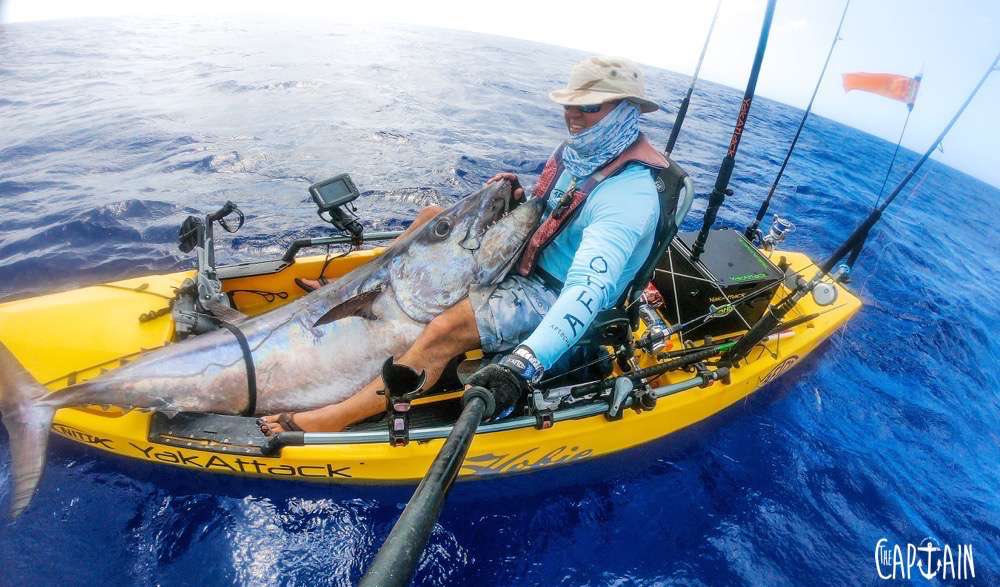


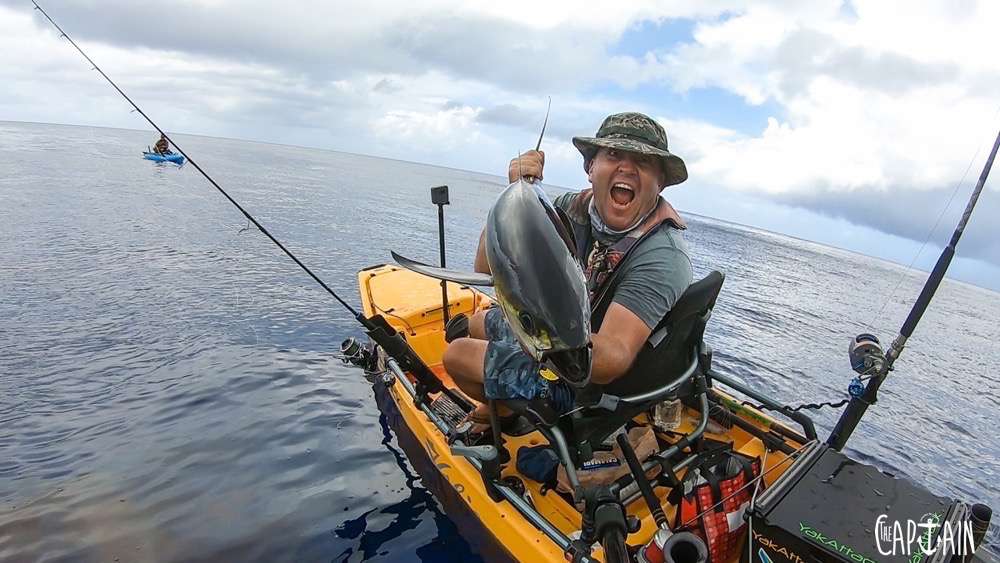
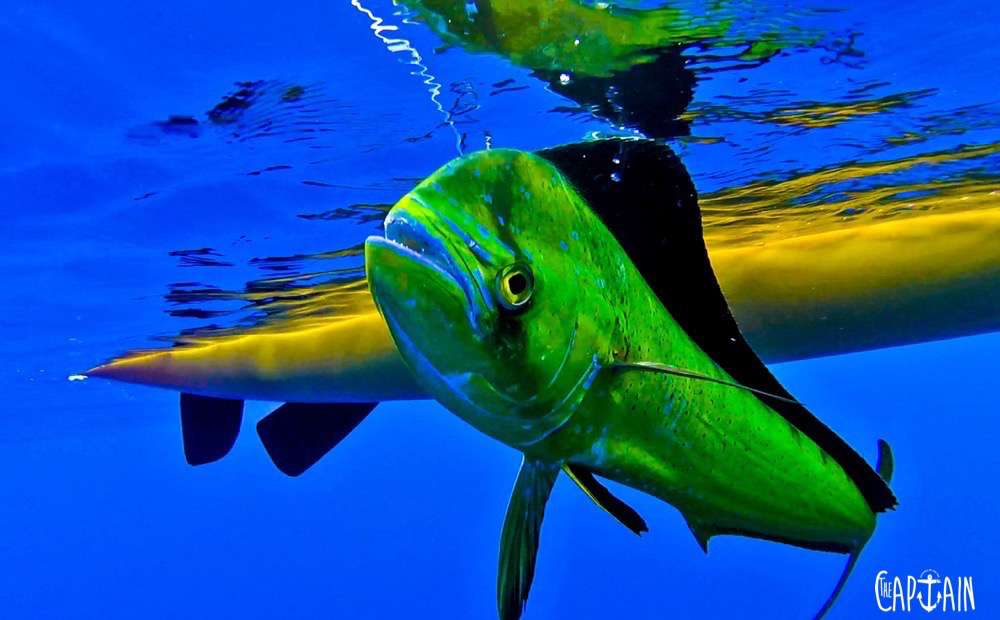
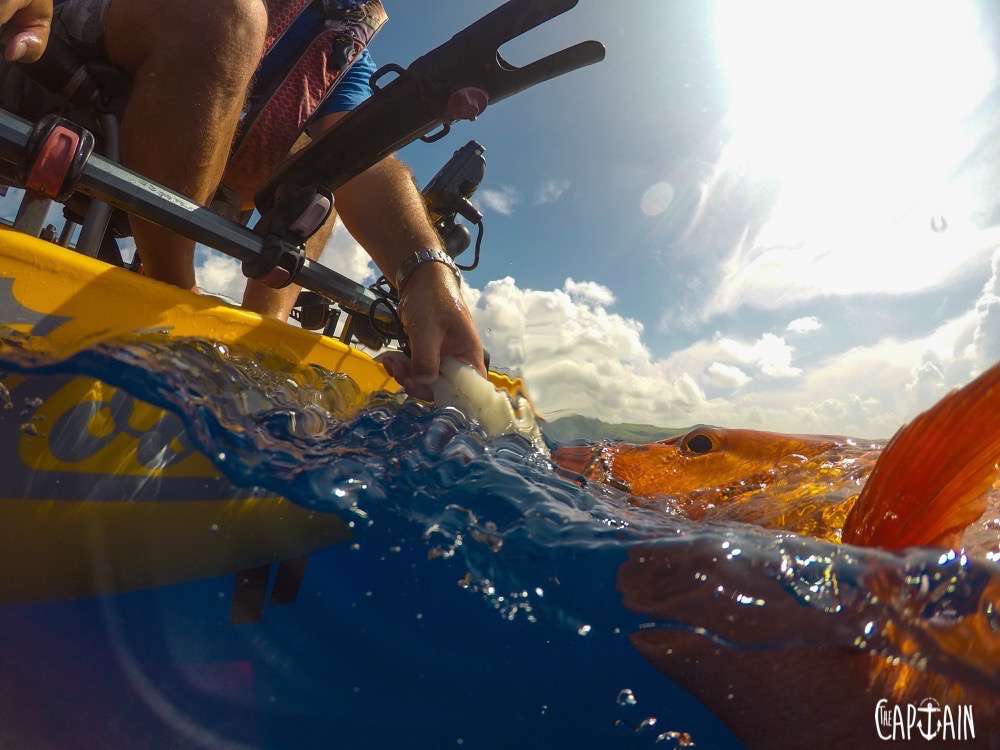

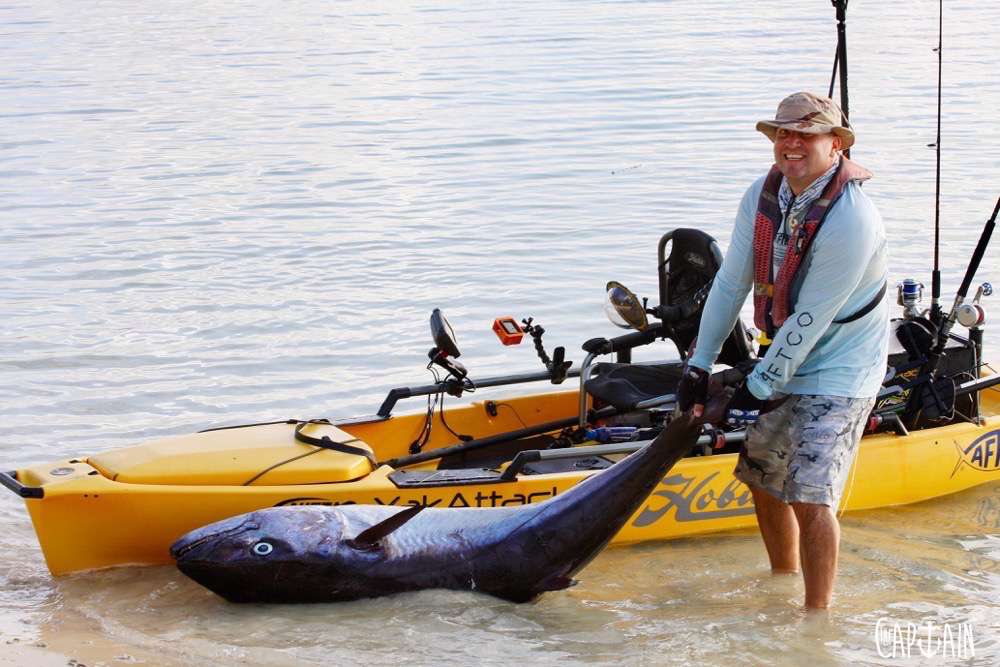
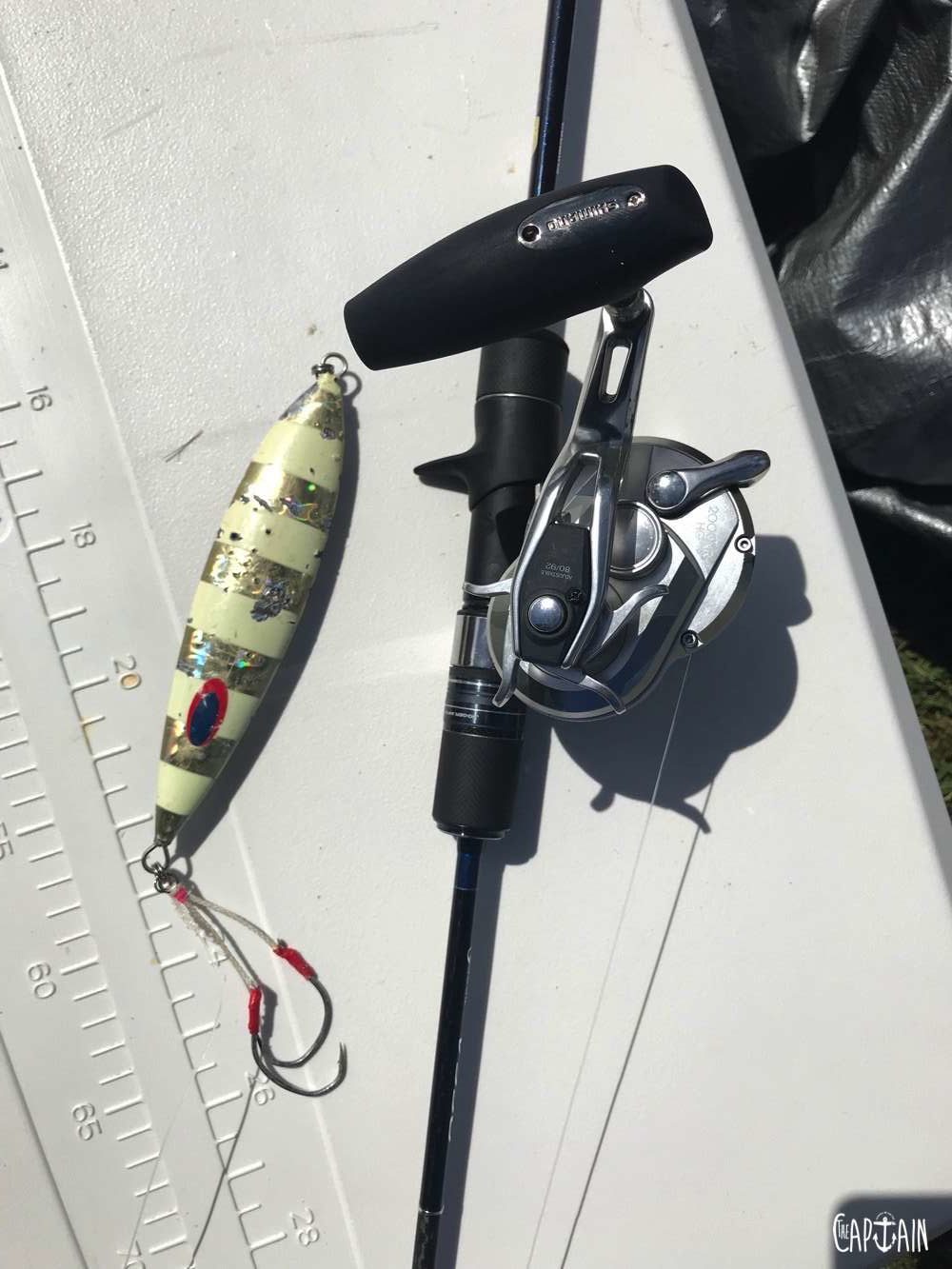
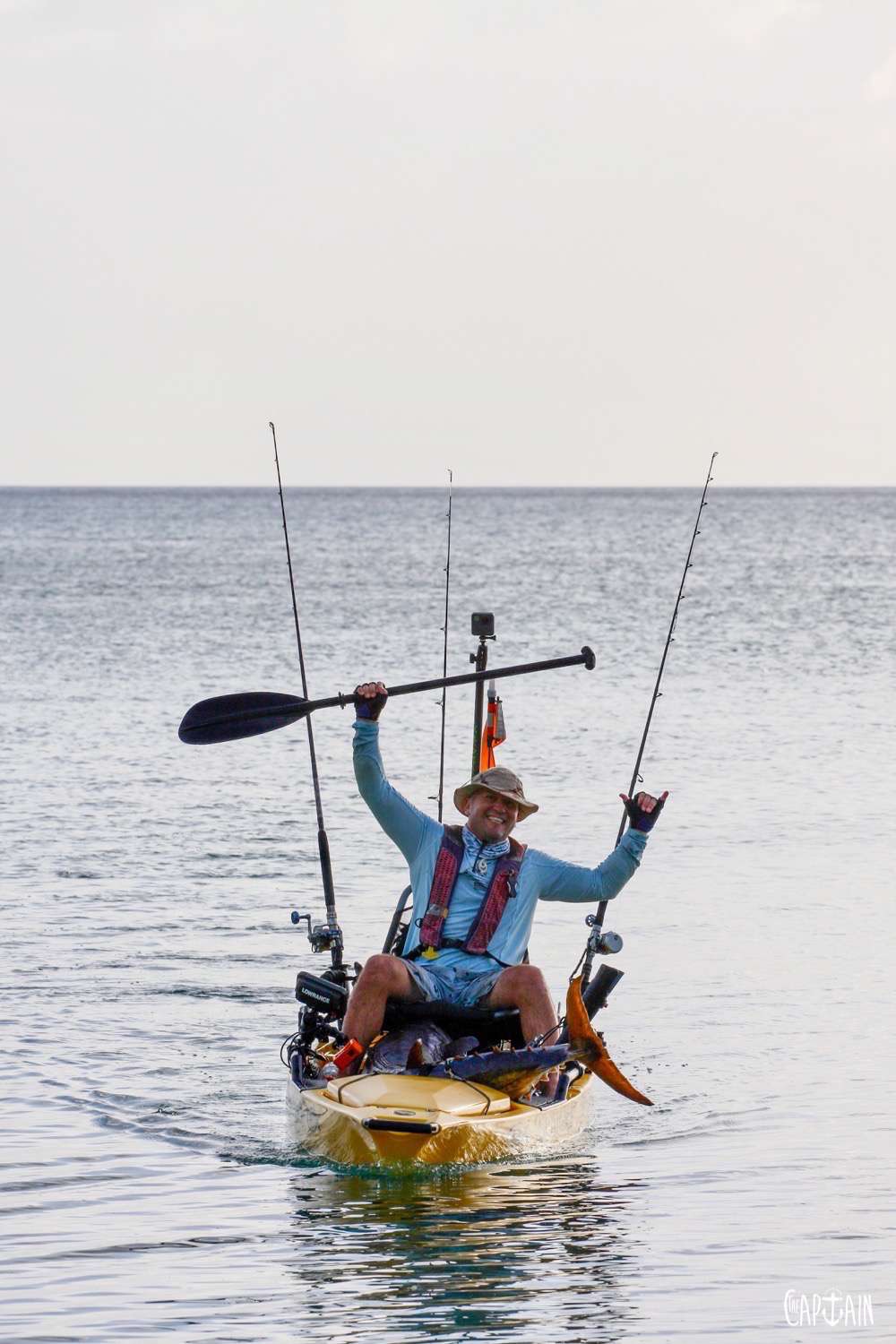

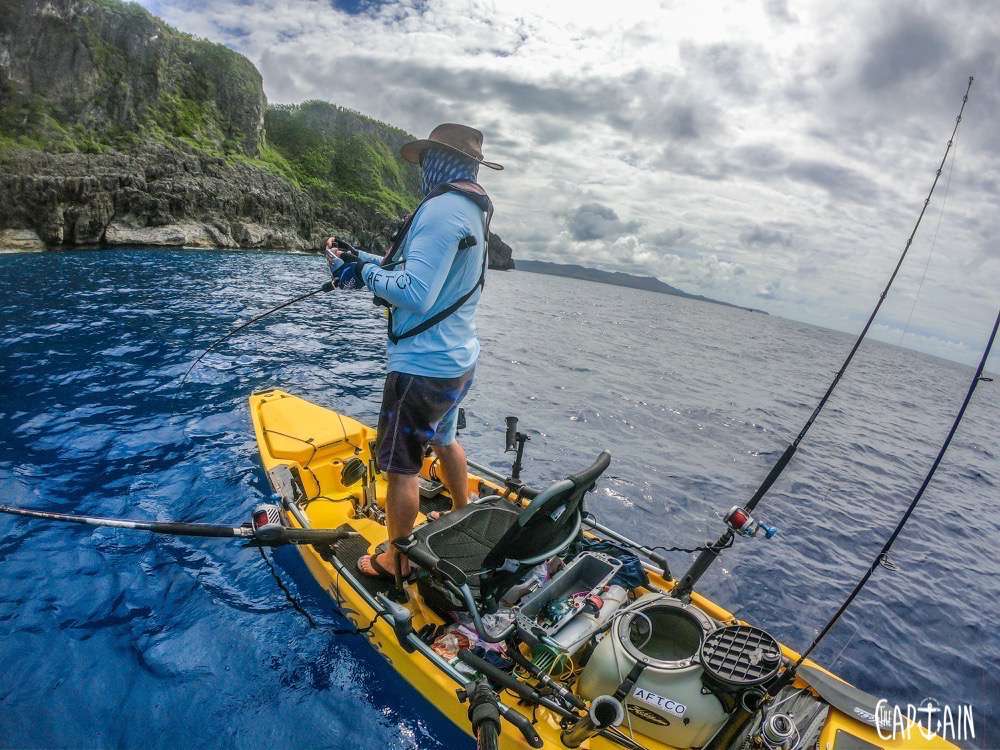
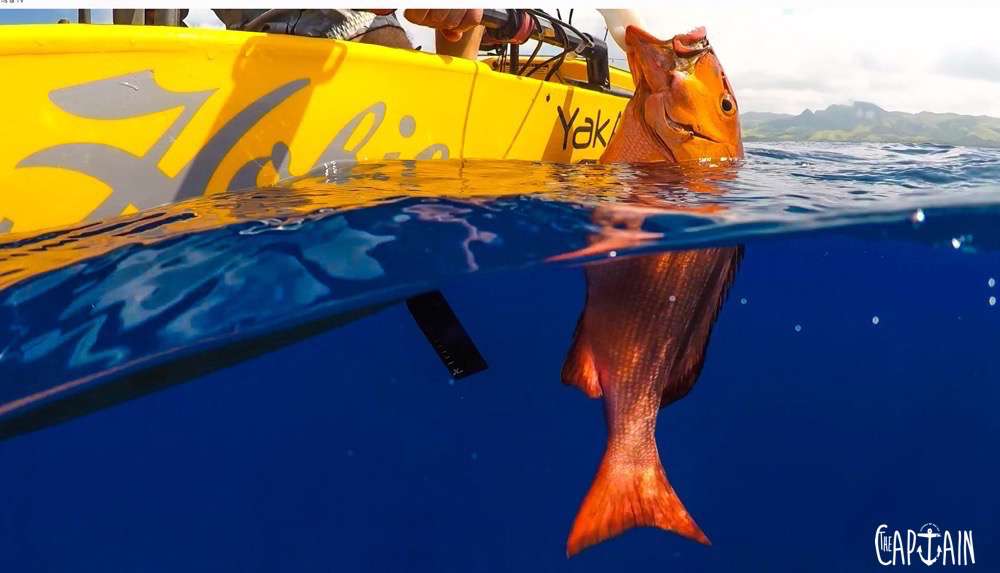
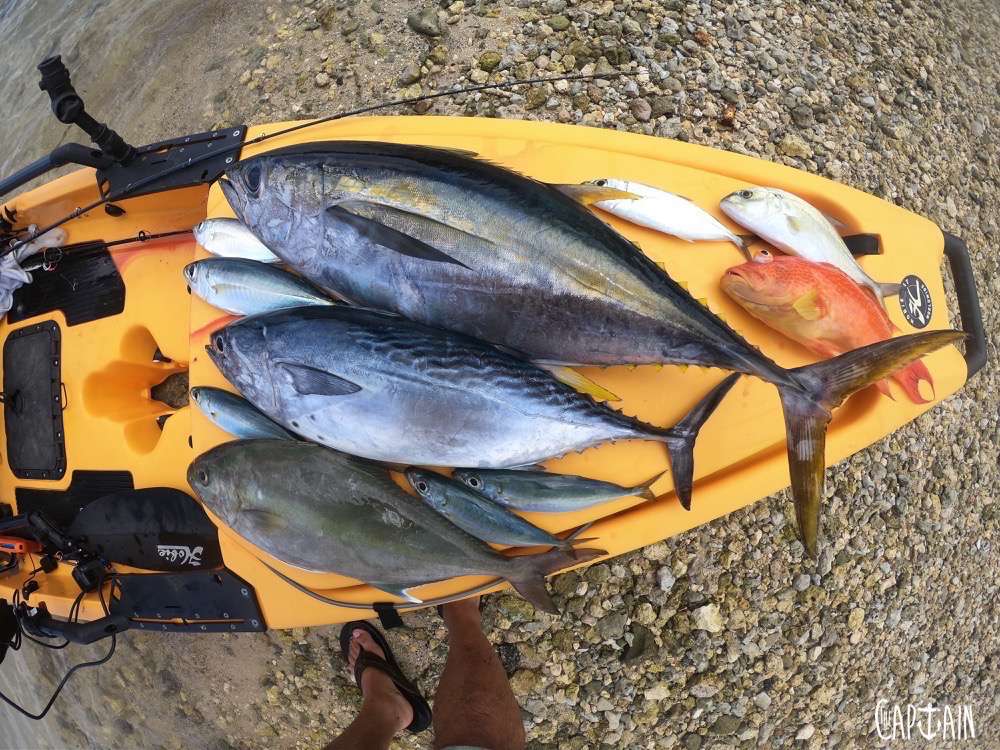
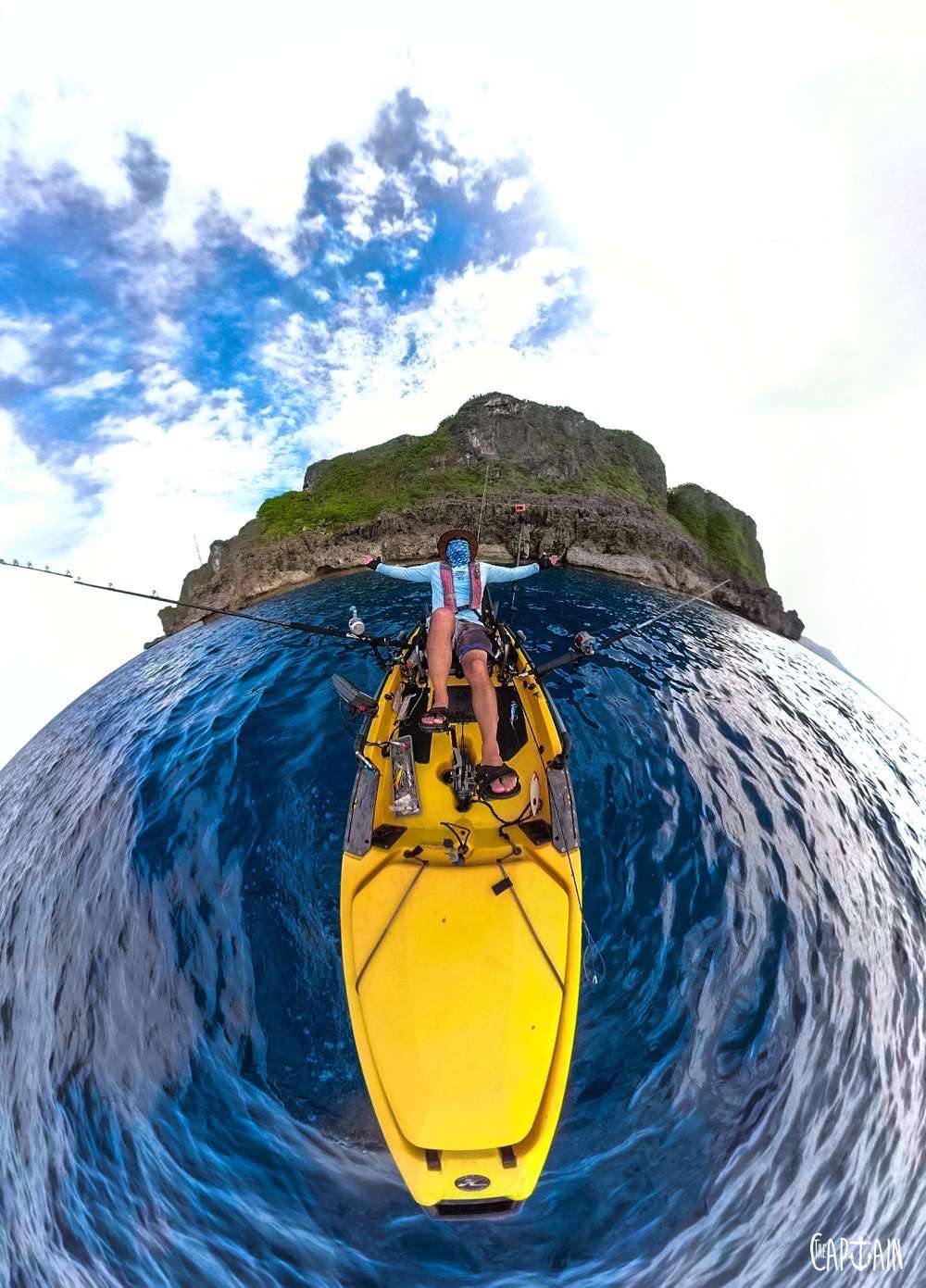
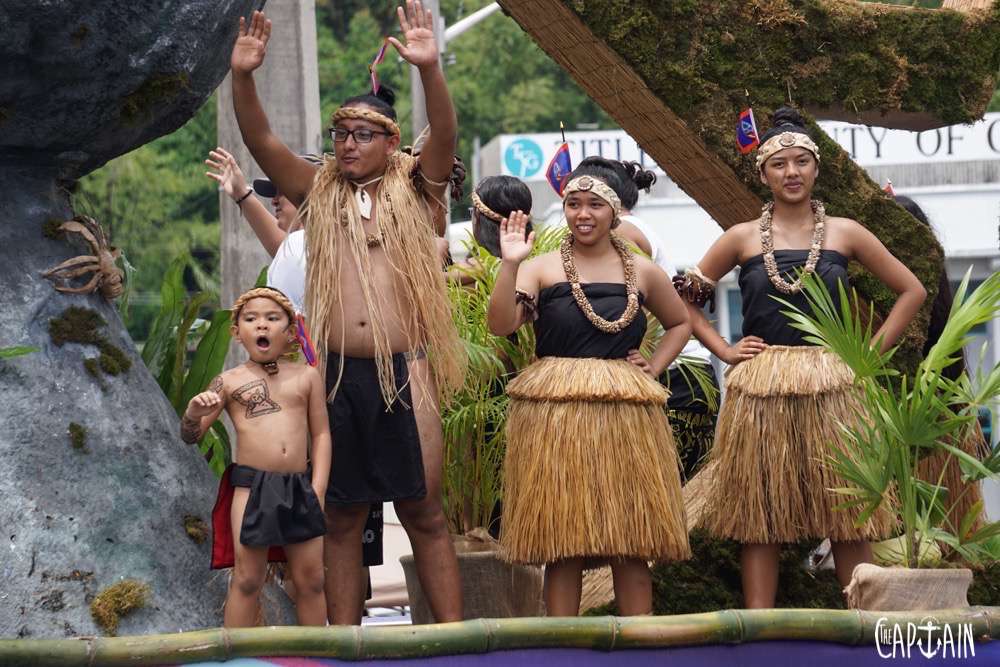
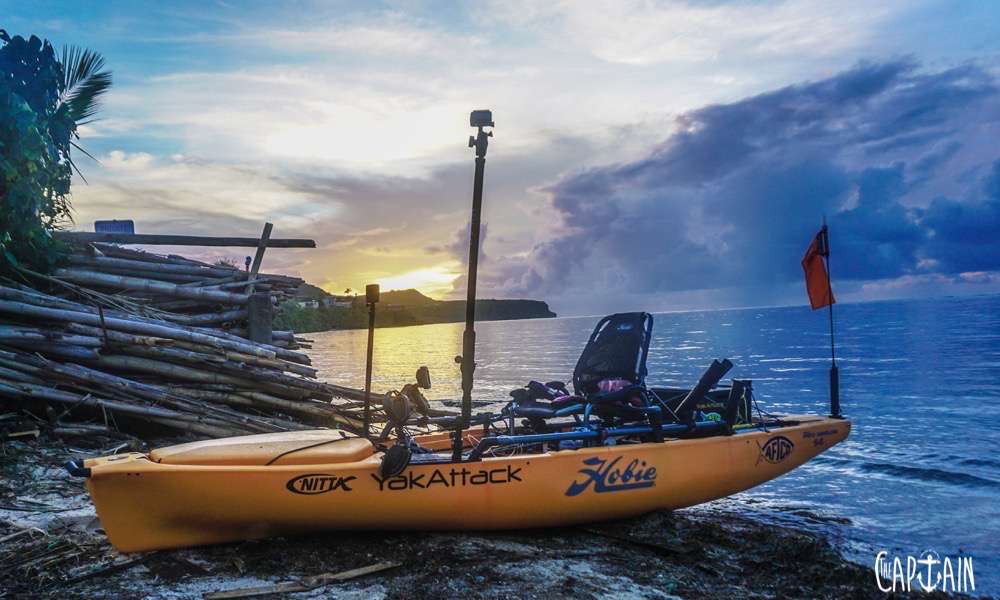
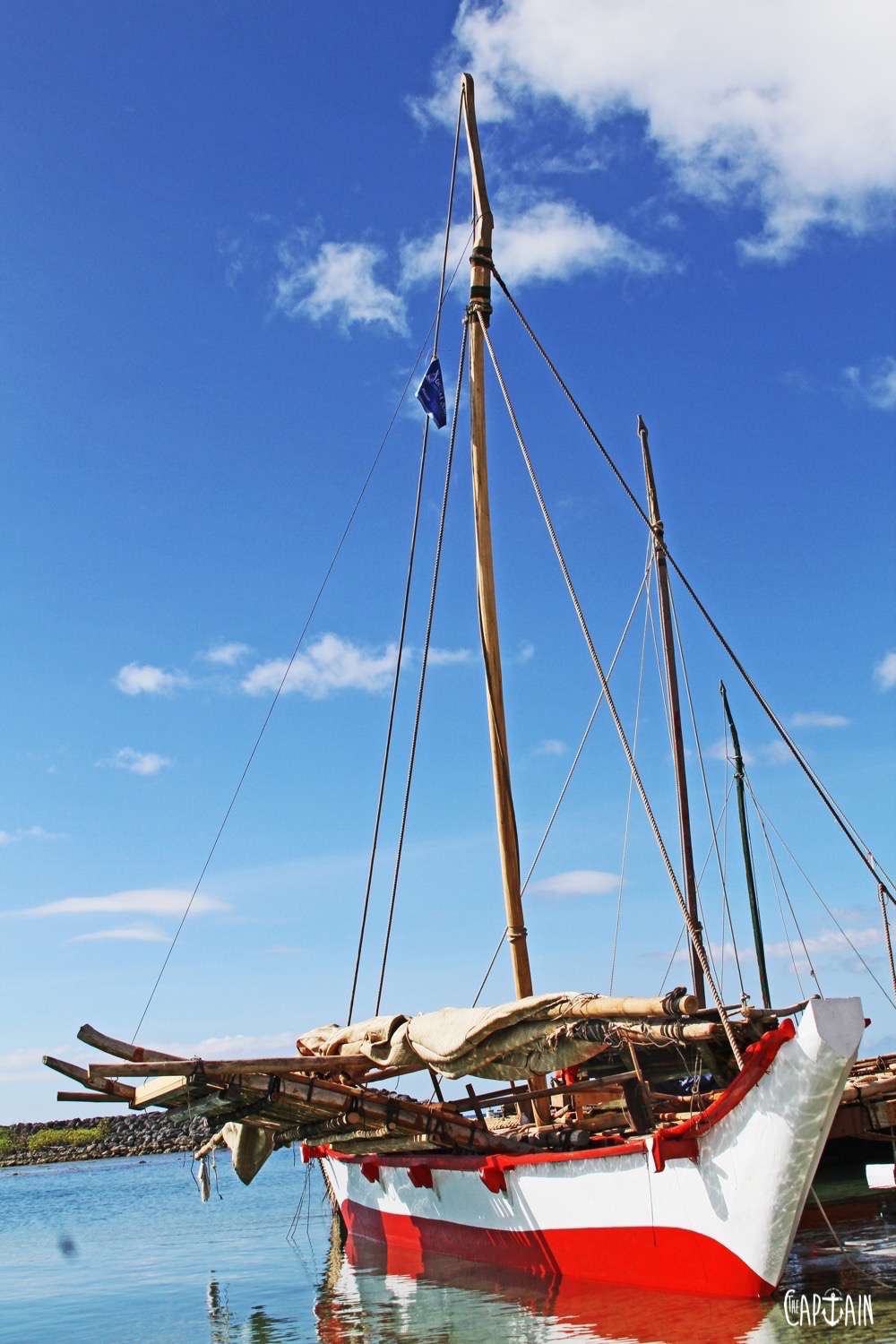

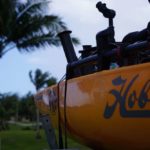
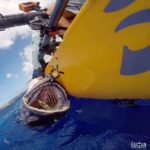
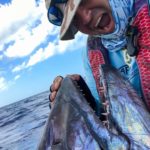
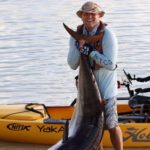
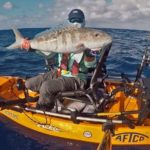
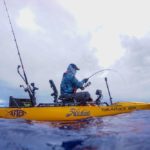
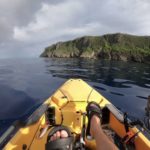
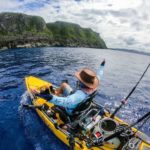
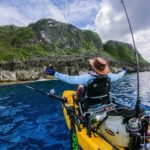
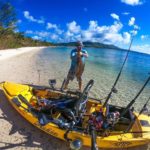
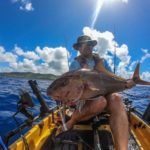
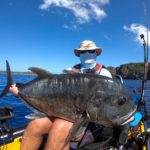
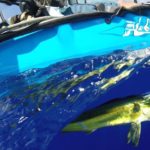
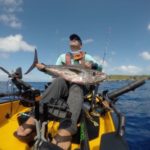
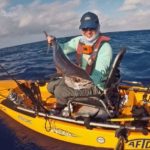
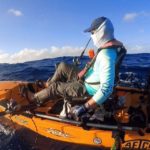
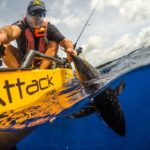

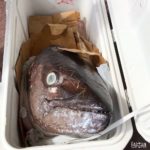
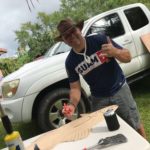
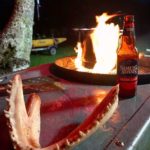
Recent Comments